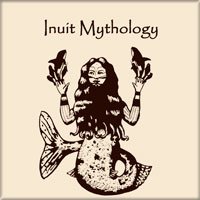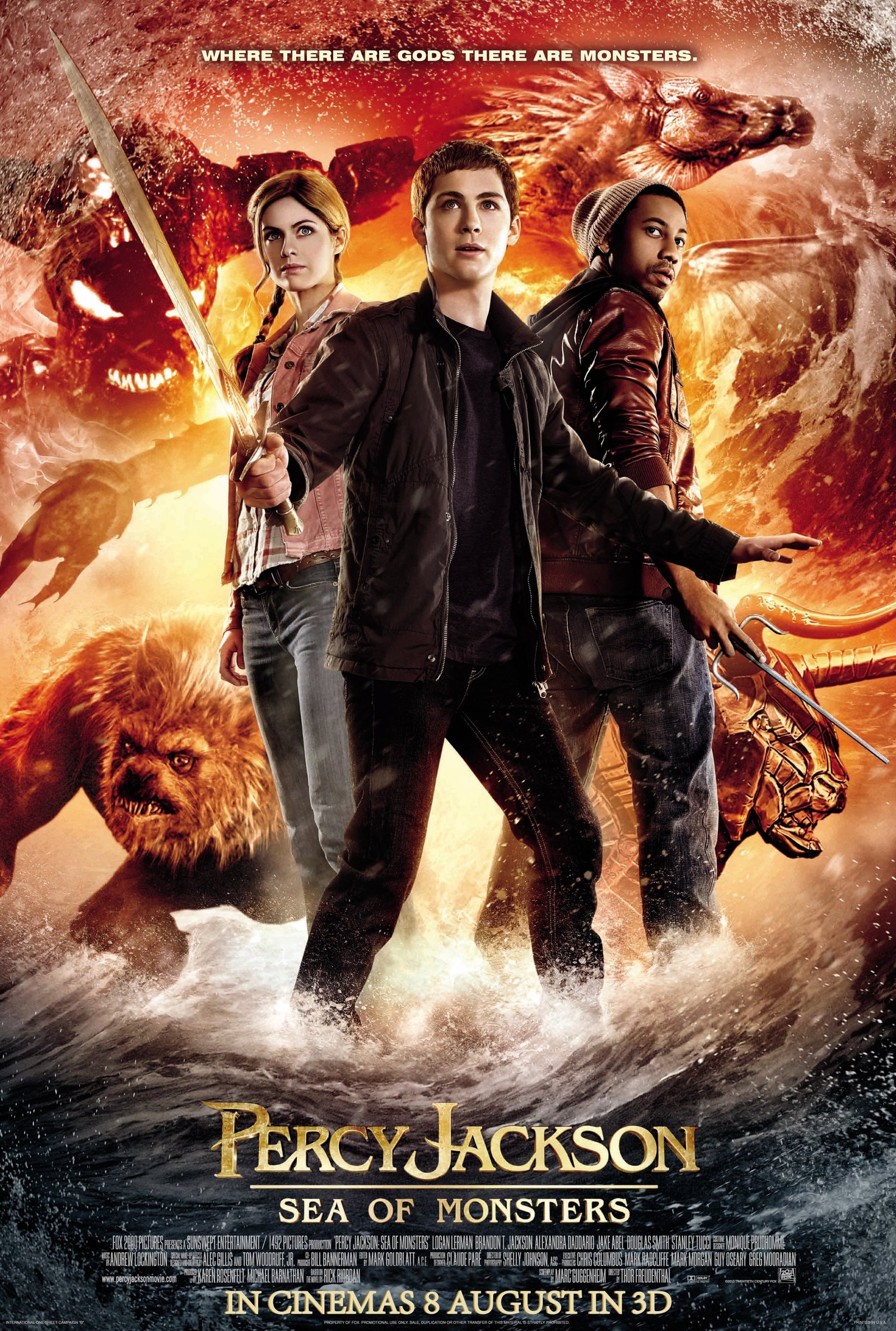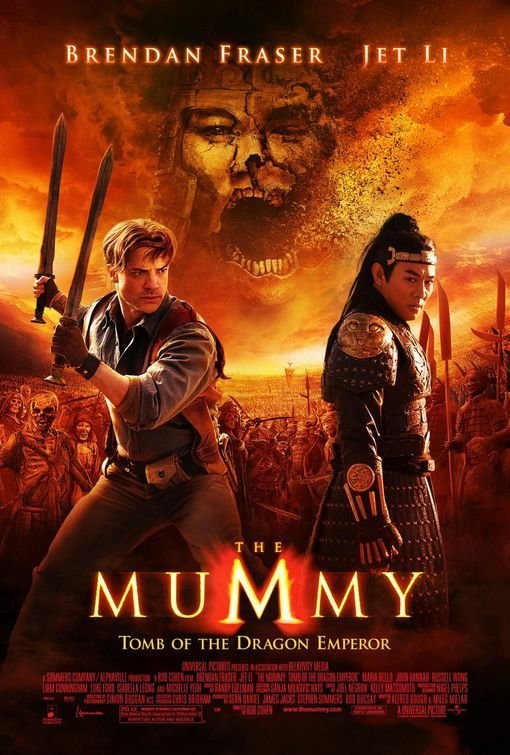Inuit Mythology
Inuit Mythology
artic

Inuit Mythology
Inuit mythology is the traditional belief system of the Inuit people, who live in the Arctic regions of Alaska, Canada, and Greenland. Here are a few examples of famous myths from Inuit mythology:
The story of Sedna
Sedna is the goddess of the sea and marine animals in Inuit mythology. She is known for her role as the provider of food and is often invoked to ensure a good hunt.
The story of the Raven
The Raven is a powerful trickster figure in Inuit mythology and is known for his intelligence and cunning. He is often depicted as the creator of the world and is considered a bringer of culture and wisdom to the Inuit people.
The story of the Inuit ancestor
The Inuit ancestor is the first human being created by the god, Raven. This figure is considered as the first ancestor of the Inuit people, and his children are considered as the founders of different Inuit tribes and clans.
The story of the spirits
Inuit mythology is rich with different kind of spirits, such as animal spirits, ancestor spirits, and nature spirits, who are believed to have great power and influence over the natural world.
The story of the shamans
In Inuit mythology, shamans are considered as powerful intermediaries between the human and the spiritual world. They are known for their ability to communicate with spirits and to heal the sick through their spiritual powers.
These myths, along with others, are used by the Inuit people to explain the origins of their people and their customs, and to reinforce their traditional beliefs and values. The Inuit traditional religion was based on animism, ancestor worship, and shamanism.








